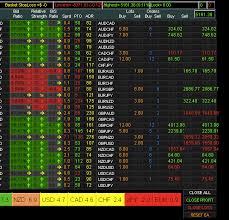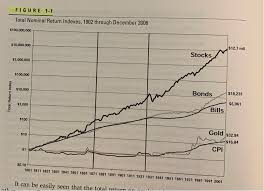Understanding Tariffs: Definition, Types, and Impacts

Introduction
Tariffs play a crucial role in international trade, acting as taxes imposed by governments on imported and exported goods. Understanding tariffs is vital as they influence economic relationships between countries, affect domestic industries, and can lead to price changes for consumers. In recent times, the discourse around tariffs has intensified, particularly amidst ongoing trade disputes and negotiations.
What is a Tariff?
A tariff is essentially a financial charge imposed by a government on goods and services coming into or leaving its country. The primary purpose of tariffs is to protect domestic industries from foreign competition and to generate revenue for governments. They can be categorized into two main types: ad valorem tariffs, which are based on the value of the imported goods, and specific tariffs, which are imposed as a fixed fee based on the quantity or weight of the product.
Recent Developments in Tariff Policies
In recent years, various countries have adjusted their tariff policies in response to economic conditions and political pressures. The U.S.-China trade tensions that escalated in 2018 led both nations to impose significant tariffs on each other’s goods, affecting global supply chains and trade routes. In 2021, the Biden administration began reassessing these tariffs, contemplating their impact on consumers and inflation. Similarly, India has also implemented tariffs on certain products to boost its manufacturing sector and reduce dependence on imports.
Impacts of Tariffs
Tariffs can lead to a variety of economic outcomes. On one hand, they can protect domestic businesses and jobs in the short term, fostering local industries. However, tariffs also tend to raise prices for consumers, as businesses may pass the additional costs onto buyers. Furthermore, they can lead to retaliatory measures from other countries, resulting in trade wars that can have long-lasting effects on global trade dynamics.
Conclusion
Understanding what a tariff is and how it works is essential for grasping the complexities of international trade. As countries navigate the challenges of globalization, tariffs remain a powerful tool in shaping economic policy and fostering or hindering international relations. Moving forward, the impact of tariffs will likely continue to be a critical factor influencing global markets and consumer behavior. Readers should remain informed about ongoing changes in tariff policies, as these can have direct implications for the economy, job markets, and everyday prices.









